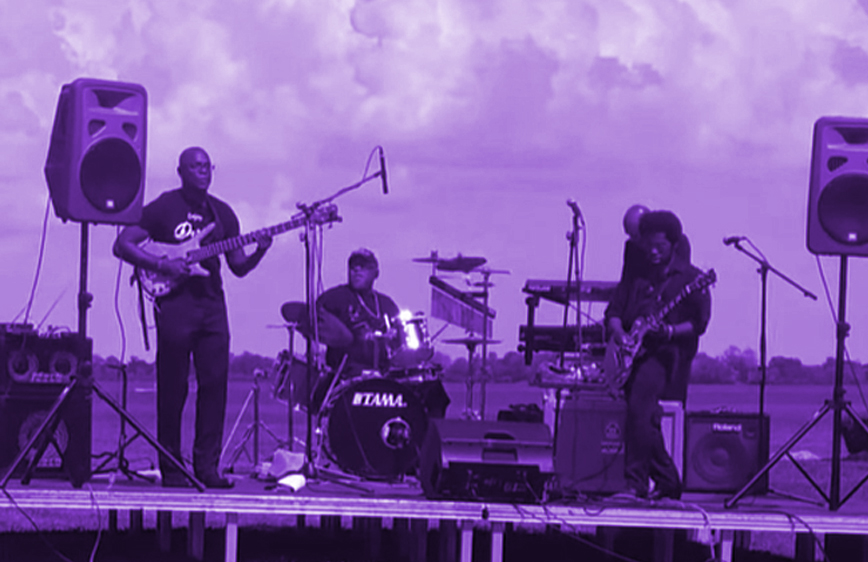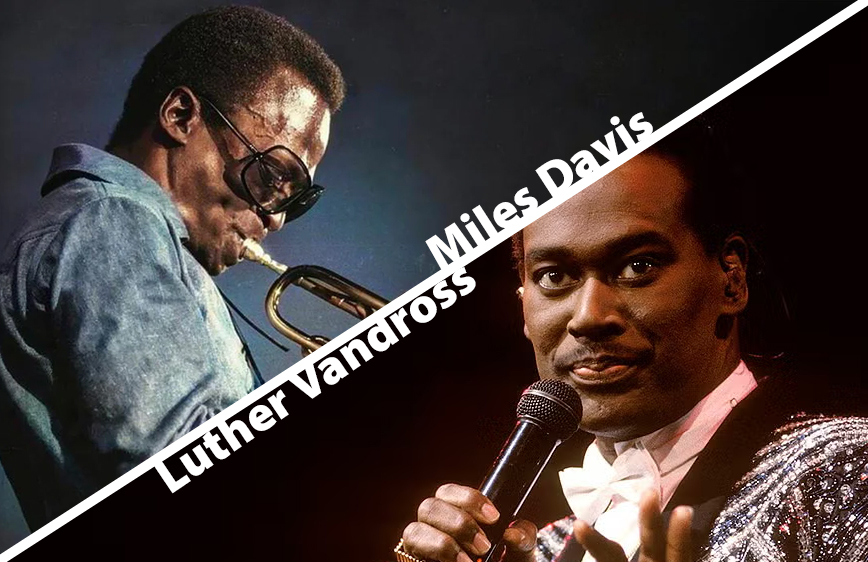
The Origin of R&B:
A Journey Through Rhythm and Blues
Introduction
Rhythm and Blues, known universally as R&B, is not just a genre—it’s a cultural force that has shaped the trajectory of modern music. Rooted in African American history and traditions, R&B began as a vibrant blend of gospel, jazz, and blues before evolving into soul, Motown, funk, and the contemporary R&B we hear today. To understand the influence of Beyoncé, Usher, or H.E.R., we must first explore how R&B was born and how it became the heartbeat of popular music.
The Birth of Rhythm and Blues in the 1940s
The phrase “Rhythm and Blues” was first introduced by Billboard magazine in 1947. At the time, the industry had labeled Black music under the category “Race Records,” a term steeped in segregation and prejudice. As African American musicians began gaining wider recognition, Billboard sought a more modern term that reflected the energy, rhythm, and storytelling of the sound.
Early R&B drew heavily from blues progressions, gospel’s emotional intensity, and jazz improvisation. Musicians like Louis Jordan and His Tympany Five, Big Joe Turner, and Wynonie Harris were among the pioneers, crafting music that was upbeat, danceable, and infectious. This sound appealed not only to Black audiences but also began reaching white listeners, laying the groundwork for what would soon morph into rock & roll.
A Voice for a Community
Beyond the music itself, R&B carried profound cultural and social meaning. After World War II, the Great Migration brought millions of African Americans from the rural South into urban centers like Chicago, Detroit, Philadelphia, and New York. These cities became cultural hubs, and the clubs within them turned into the breeding grounds for the R&B sound.
The lyrics of early R&B often spoke of love, heartbreak, resilience, and joy, giving voice to experiences that mainstream America rarely acknowledged. For many African Americans, R&B became a symbol of identity, pride, and resistance, uniting communities during an era marked by segregation and civil rights struggles.
From R&B to Soul: The 1950s and 1960s
By the 1950s, R&B began branching into new directions. Gospel-trained singers like Ray Charles and Sam Cooke blended spiritual vocal styles with secular themes, giving rise to soul music. At the same time, James Brown brought unmatched energy, rhythm, and performance to R&B, earning the title “Godfather of Soul.”
Meanwhile, in Detroit, a seismic shift was happening. In 1959, Berry Gordy founded Motown Records, a label that would take R&B and soul to mainstream audiences worldwide. Artists like The Supremes, Marvin Gaye, The Temptations, Smokey Robinson, and Stevie Wonder created polished, powerful music that not only topped charts but also broke racial barriers in American pop culture.
Motown became more than a record label—it was a movement, transforming R&B into a unifying force during the height of the Civil Rights era.
R&B as the Foundation of Modern Music
The ripple effect of R&B spread across the entire music industry. By the late 1960s and 1970s, R&B influenced funk (with George Clinton and Sly & The Family Stone), and later disco. The grooves, rhythms, and vocal stylings of R&B also laid the foundation for hip-hop in the late 1970s and early 1980s.
In the 1980s and 1990s, R&B took on new life with smoother production and crossover appeal. Artists like Whitney Houston, Luther Vandross, Anita Baker, and Boyz II Men defined the era of sophisticated, chart-topping ballads. Later, the 1990s introduced contemporary R&B icons like TLC, Aaliyah, Brandy, Usher, and R. Kelly, who fused traditional R&B with hip-hop beats, creating a sound that dominated radio.
The 2000s and 2010s brought in a wave of experimentation, with artists like Beyoncé, Alicia Keys, Ne-Yo, Chris Brown, and Rihanna blending R&B with pop and dance influences. More recently, Frank Ocean, H.E.R., Anderson .Paak, and SZA have pushed the genre into new, genre-blurring territories, often labeled as alternative R&B.
Why R&B Still Matters
At its core, R&B has always been about soulful expression and storytelling. Whether through the raw intensity of a bluesy ballad, the smooth harmonies of Motown, or the experimental edge of today’s artists, the genre continues to evolve while staying true to its roots.
R&B matters because it is not just music—it is history, identity, and innovation. It connects generations, breaks barriers, and continues to influence nearly every popular genre that exists today.
Conclusion
The origin of R&B is a story of creativity, resilience, and cultural impact. From its birth in African American neighborhoods in the 1940s to its evolution into Motown, soul, funk, hip-hop, and beyond, R&B has shaped the very fabric of modern music. Its rhythms, harmonies, and emotional power continue to inspire new generations of artists and listeners alike.
More than rhythm and melody, R&B is the heartbeat of modern music—a genre that began as a voice for a community and grew into a soundtrack for the world.




No Comments